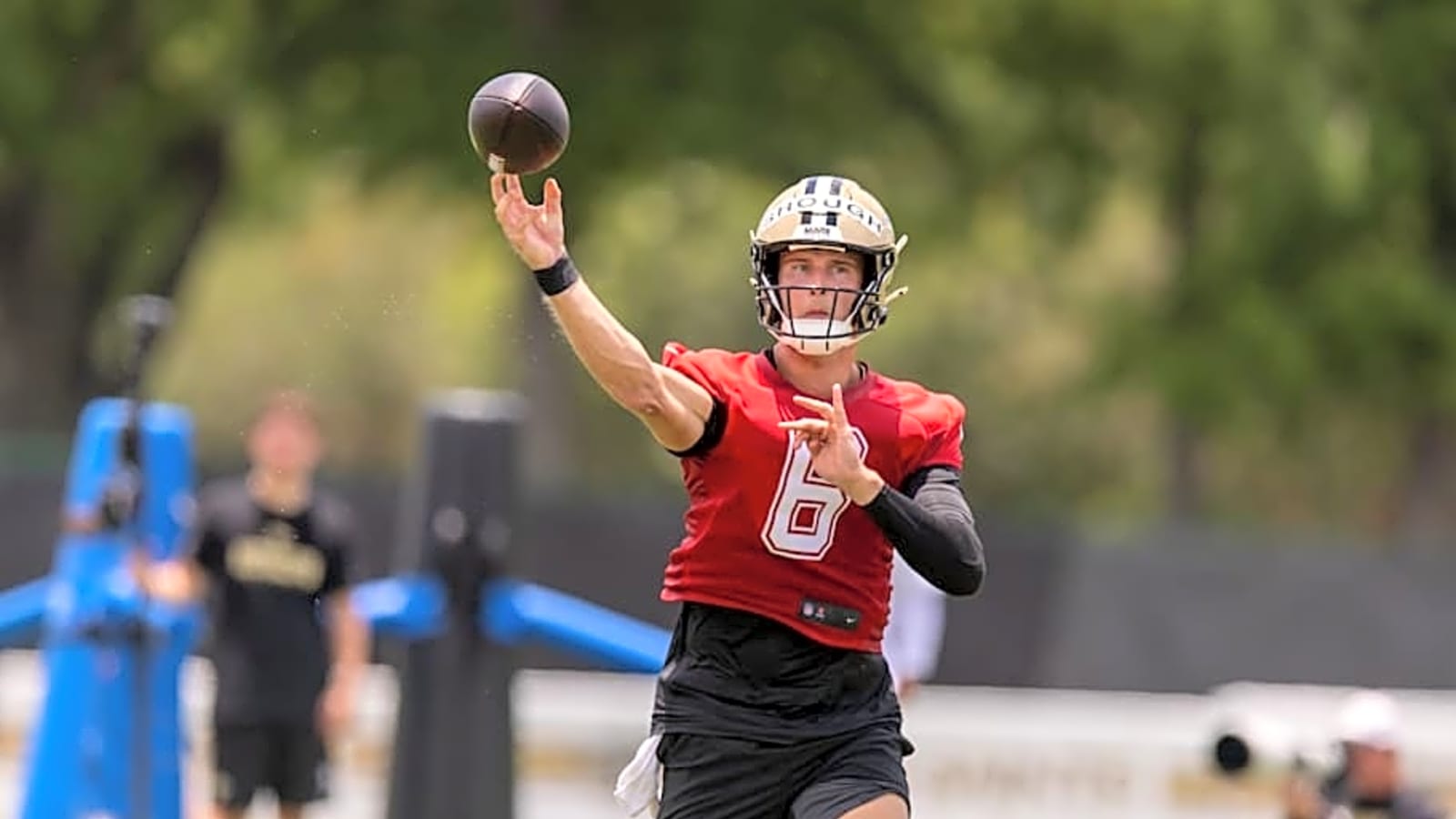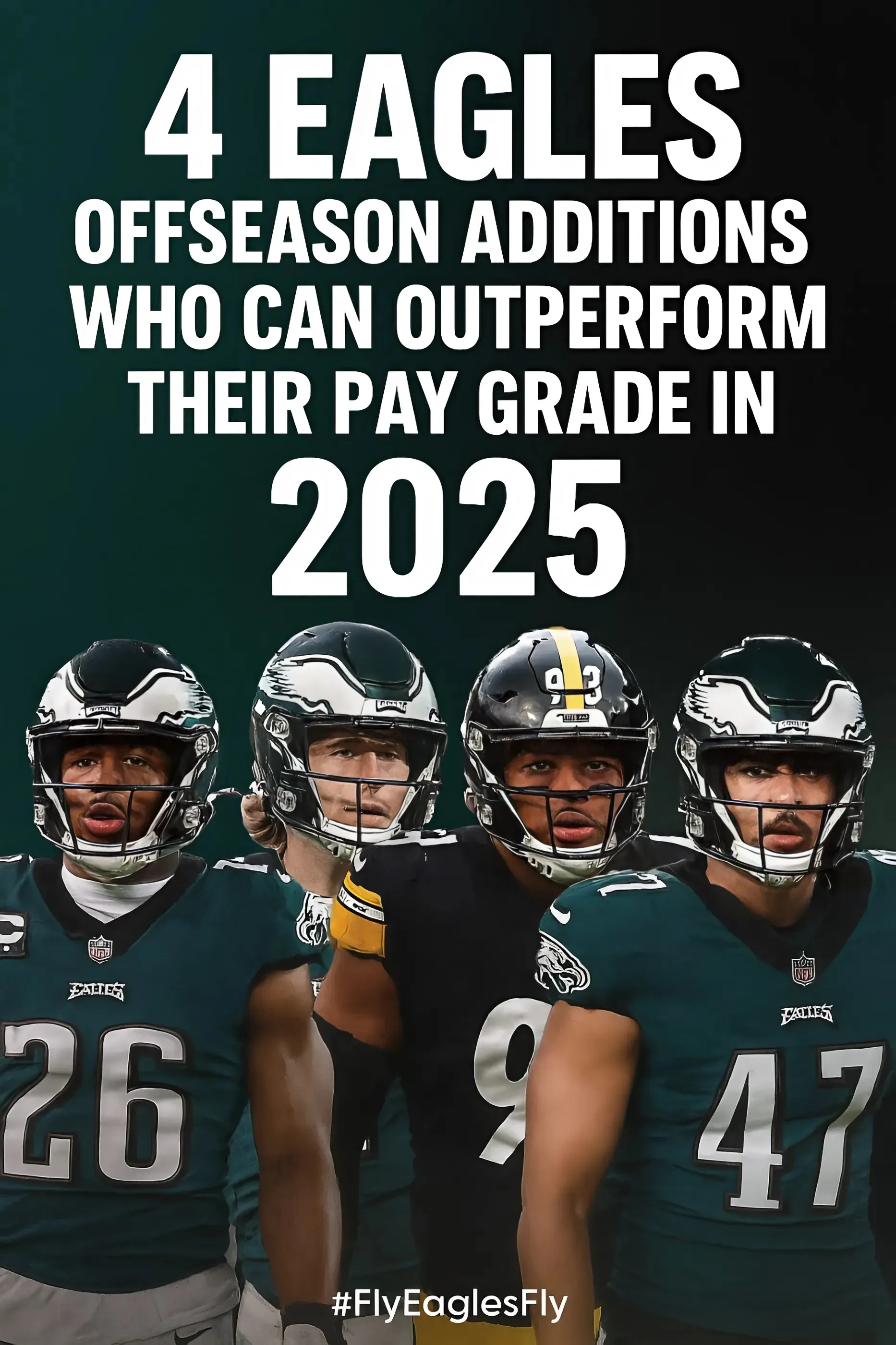The offseason has arrived for half of the league’s teams that aren’t taking part in the playoffs plus those eliminated in the first round. Accordingly, it’s time to examine what they will need to accomplish over the coming months. Next up is a look at Buffalo.

The question in Buffalo in recent years has been, ‘Is this the year?’ when it comes to ending their playoff drought? Once again, the answer this season was no and it wasn’t particularly close. At this point, it appears as if it will be the status quo behind the bench and in the front office, though an experienced addition to the front office could be a possibility. Either way, GM Kevyn Adams has a lot to do this summer, both in terms of keeping his young core intact while also trying to add to it. Turning this group into a playoff team might be asking too much but some things can be done to get them closer to that goal.
Add impact right-shot defenseman
One area that Buffalo is well-stocked in is high-end left-shot defensemen. Rasmus Dahlin turned the corner a few years ago and has emerged as an all-situations number one defender. Owen Power, another first-overall selection, is only 22 and likely has another gear to get to while already being a top-four blueliner. Meanwhile, Bowen Byram, who was acquired at the 2024 trade deadline, had his best NHL season and is a high-quality option himself. That’s a good spot to be in for that side of the back end.
The problem is that their right-shot options have been nowhere near the same quality, a problem that has hindered them for several years now. They’ve been unsuccessful at developing an in-house option to play in the top four (they moved out Henri Jokiharju back in March after several years of trying to get him to that level) and veterans they’ve signed to fill a spot (in recent years, Connor Clifton, Erik Johnson, and Ilya Lyubushkin) have been better suited for more limited roles. They added Jacob Bernard-Docker from Ottawa in the Dylan Cozens trade but again, he’s better off on the third pairing.
The result of this has been having one of their big three playing on their off-side at times while also counting on Mattias Samuelsson to play on the right. While most blueliners can switch sides, their effectiveness wanes when they do so and as a result, a position that should be a strong one for the Sabres continues to be a question.
It’s much easier said than done given the more limited supply of natural right-side rearguards but Adams needs to find a way to add at least one that can play on the second pairing. Free agent options aren’t particularly plentiful behind Aaron Ekblad; Dante Fabbro, Brent Burns, and Cody Ceci represent the next wave of players who can play around 20 minutes a night. Beyond that, for perspective, Jokiharju is in the next tier. Accordingly, this feels like an area that will need to be addressed by a trade, presenting the opportunity for another big roster shakeup after the Cozens-Josh Norris swap at the deadline.
The point of wanting to address this meaningfully has come and gone. If the Sabres truly have an intention of trying to push for a playoff spot in the near future, this is now a need, not a want.
Re-sign key RFAs
The Sabres are going to enter the offseason with a fair amount of cap space. That’s the good news. The not-as-good news is that a significant portion of their money is going to go toward keeping the group they have, not necessarily adding to it. Byram, JJ Peterka, Jack Quinn, and Ryan McLeod are among those needing new contracts as restricted free agents this summer and all are heading for raises.
Byram is likely to be the most expensive of the bunch. Exiting the bridge contract he signed with Colorado before being dealt, he’s coming off a career year offensively with 38 points, he played all 82 games for the first time, and he logged a career-best 22:42 per game. These are things that will look quite appealing to an arbitrator as he’s now arbitration-eligible. After playing on a $3.85M deal the last two years, Byram’s qualifying offer will be $4.62M and he’s likely to add at least a couple million more on a long-term deal; a price tag starting with a seven is very realistic. He’s two years away from being UFA-eligible so another short-term contract won’t be ideal for the team. That gives Byram a lot of the leverage heading into discussions.
Peterka is coming off his entry-level deal, giving Buffalo some more options. To give themselves more flexibility this summer, they could opt for a bridge agreement, knowing there’s a jump coming in the cap for a couple of years that would allow them to afford the eventual higher payout. Coming off a career-best 68 points, that deal could still cost upward of $5M per year. On the other hand, Adams could opt to pursue a long-term agreement that buys multiple years of additional club control. That price would get a fair bit more expensive with the recent seven-year, $45.5M extension Calgary gave Matt Coronato serving as a starting point. With Peterka having more success and more experience, a similar deal for him would likely cost another million or so per season. Long-term agreements for him and Byram would go through the bulk of their remaining cap room.
Another youngster is exiting his entry-level deal, winger Jack Quinn. The good news is that he stayed healthy this year after a tough 2023-24 campaign but the bad news is that he only got to the offensive level of two years ago. With that in mind and knowing their cap situation, a bridge deal makes the most sense for both sides, one that should check in around the $3M range. Ryan McLeod should come in considerably above that on his deal. The center will have arbitration rights this time around and had a huge second half, tallying 27 points in 31 games from February on. That should push his next deal to at least double his $4.2M qualifying offer.
Knowing who all needs to be re-signed and the other roster holes that need to be filled, Adams will need to navigate his cap situation carefully. It wouldn’t be surprising to see him try to clear out a bit of money to make sure he can keep these players and leave some wiggle room for elsewhere.
Work on Tuch extension
While the Jack Eichel trade hasn’t worked out the best for the Sabres, they did get one core piece from it in Alex Tuch. He has posted his three best offensive seasons the last three years, two of which saw him reach 36 goals. He has become a legitimate top-line weapon for them while also being a strong contributor defensively.
Tuch is about to enter the final year of his contract and as of July 1st, he will be eligible for a contract extension. After the season, he indicated a willingness to sign a long-term deal to stick around and it wouldn’t be surprising to see talks on that front get going as soon as possible.
He will be entering his age-30 year in 2026-27 so a max-term agreement of eight years could very well be on the table. Frankly, Buffalo might want the eight years to allow that final season or two to potentially bring down the AAV. Tuch is making $4.75M and it’s not out of the realm of possibility that he could double that on his next contract in a further elevated cap environment. Today, that number feels a little high but some deals handed out on the open market in July could adjust expectations and reset the pending UFA market fairly quickly.
This isn’t something that Buffalo has to get done right away. But if the two sides can’t work out an extension, there will undoubtedly be trade speculation that follows which could be an unwanted distraction. Getting something done would be the preferred outcome but failing that, at least making some progress on extension talks over the summer should be a reasonable goal for the Sabres here.
Examine goalie upgrades
Heading into the season, it looked like Buffalo had a reasonable plan in goal. Ukko-Pekka Luukkonen would be the starter coming off a breakout year, Devon Levi would be the backup, and James Reimer would seemingly be the third-string option waiting in the wings in Rochester, ready to come up if Levi needed a multi-game stint with AHL Rochester. It didn’t quite go as planned.
For starters, Reimer didn’t make it to the minors as Anaheim scooped him up. In the meantime, Levi got off to a slow start, eventually getting demoted to the Amerks as soon as Reimer was reclaimed off waivers. Meanwhile, Luukkonen dropped 23 points off his save percentage and ceded playing time to Reimer down the stretch. Things couldn’t have gone much worse.
On the one hand, there’s room for optimism. Luukkonen should bounce back, at least to a point and frankly, it would be hard for Levi to put up worse numbers. There is a case to be made to go back to the plan from last season while bringing in a veteran third option (or even re-signing Reimer, potentially).
There’s a better case to be made to change things up, at least in the short term. Levi is still waiver-exempt and while he played well with Rochester this season, he hasn’t even played 70 games at that level yet. Another season of big minutes would be good for his development. That would then leave an opening behind Luukkonen.
But instead of looking for a veteran depth option, Adams might be better off looking to bring in someone who can push Luukkonen for playing time. It’s not a great UFA market but there are some pieces that would fit. Daniel Vladar would be a bit of an upside add, banking on there still being some development in him. Jake Allen could work as a platoon partner, a role he has had for a few years now. Ilya Samsonov might welcome a shot at more playing time as well. Putting some pressure on Luukkonen might bring out the better version of him more often while they likely wouldn’t give away quite as many points for backup goalie games.
Knowing Levi is still part of the long-term plan, Buffalo might only want to go short-term with this type of goalie but there shouldn’t be too many long-term deals going to UFA netminders. But with what’s out there, there’s an opportunity here for an under-the-radar improvement that could be worth a few points in the standings and that’s worth putting the longer-term plan on pause for a year.
-1750304949-q80.webp)


